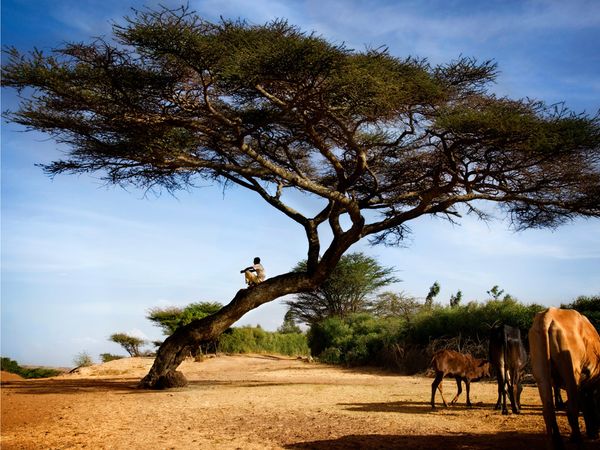


Home - Background - History - Economy - ICT technology
Ethiopian Economy

Ethiopia pursued a market-oriented economy in 1991. Ethiopia’s economy is based on agriculture, which contributes 45% of GDP, more than 80% of exports, and 85% of total employment. GDP (2007-2008) is $26.6 billion, and GDP per capita (2008, PPP) is $800. Annual growth rate (2008) is 8.5% [2]. The major agricultural export crop is coffee, providing approximately 35% of Ethiopia's foreign exchange earnings. Other traditional major agricultural exports are leather, oilseeds, sugarcane, cotton, potatoes and qat. Gold, marble, limestone, and small amounts of tantalum are mined in Ethiopia. The agricultural sector suffers from frequent drought and poor cultivation practices. In November 2001, Ethiopia qualified for debt relief from the Highly Indebted Poor Countries initiative, and December 2005 the International Monetary Fund (IMF) forgave Ethiopia’s debt [1]. The state owns all land and provides long-term leases to the tenants. Ethiopia exports coffee, qat, gold, leather products, live animals, oil seeds, and export in 2009 were 1.6 billion. Importing products are food and live animals, petroleum and petroleum products, chemicals, machinery, motor vehicles, cereals, and textiles. Total imports were 7.3 billion in 2009 [1]. Macroeconomic data indicate that Ethiopia is well placed to meet the UN's Millennium Development Goals (MDGs) at the end of 2015 [4].